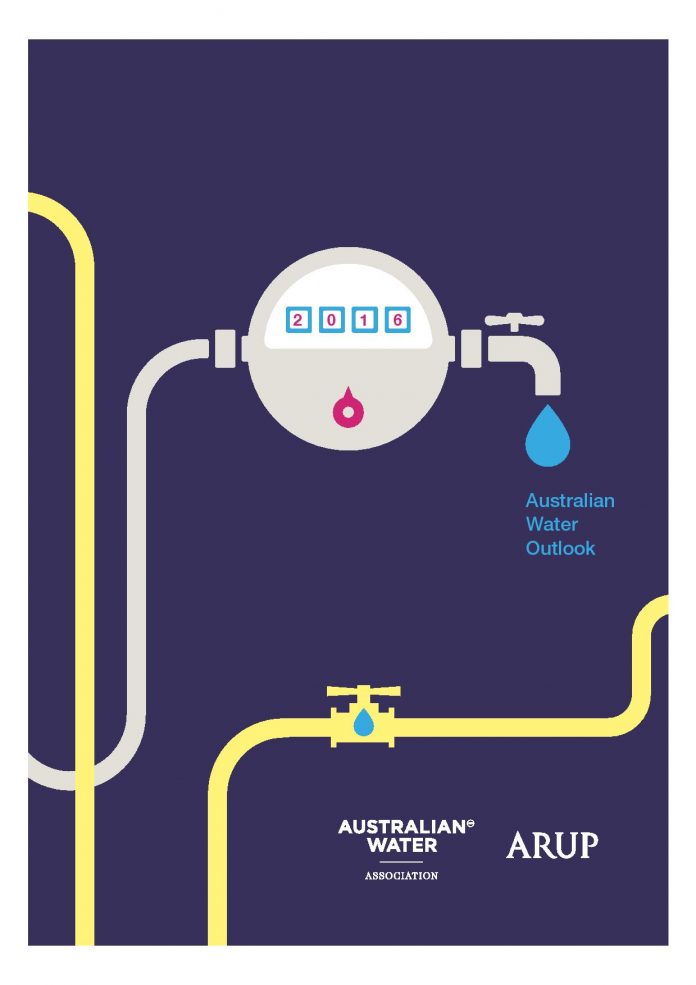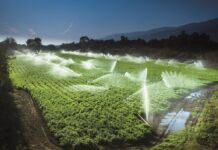
The Australian Water Association and Arup have just released the Australian Water Outlook–the results of the Australian Water Survey which investigates attitudes to water issues among the Australian water industry and the wider community.
The survey attracted 2500 responses, and the results highlighted that there were areas of serious concern around water security and governance, whilst also being an appetite among Australians to make use of alternative sources of water to ensure future supply.
“Clearly the expectations of the Australian community on water security are not being met and both governments and the water industry need to work together to address these expectations,” said Jonathan McKeown, CEO, Australian Water Association. “The Association is preparing a Water Security Scorecard to further analyse the level of water security in each state and territory, which will be launched in May 2017. This scorecard will measure the level of water security provided, highlighting the achievements and gaps to safeguard our future water requirements.”
Only 4 percent of industry and 3 percent of community respondents were completely confident that Australia currently has sufficient water security to meet social, environmental and economic needs into the future, with more than half of both groups saying they were not confident.
Despite the lack of confidence in water security, the Australian Water Survey showed there was strong support from the community and water industry for alternative, sustainable water sources.
“Both the industry and the community are overwhelmingly confident in using alternative sources of water for drinking purposes including ground water, desalinated water, recycled water, in addition to surface water from dams and rivers,” said Daniel Lambert, Arup’s Australasia Water Leader.
The standout is recycled water; traditionally recycled water has been seen as a less favourable option, but the survey revealed 77 percent of community and 83 percent of industry said they were confident in using recycled water for potable use provided it was treated to drinking water standards, and even higher when asked in relation to non-drinking uses–industry ranked recycled water as the number one most important non-drinking supply.
“This suggests that the community may be further down the track on accepting alternative water sources for drinking and non-potable water than we have given them credit for to date. Seventy-one percent of community said they were willing to pay at least somewhat more for alternative water sources,” added Lambert.
The community is motivated to take direct action to address improved water efficiency by either paying more to become more water efficient (74 percent saying they were willing to spend more) or taking steps themselves to reduce their own water consumption (less than 1 percent of respondents nationally reported taking no action to save water).







